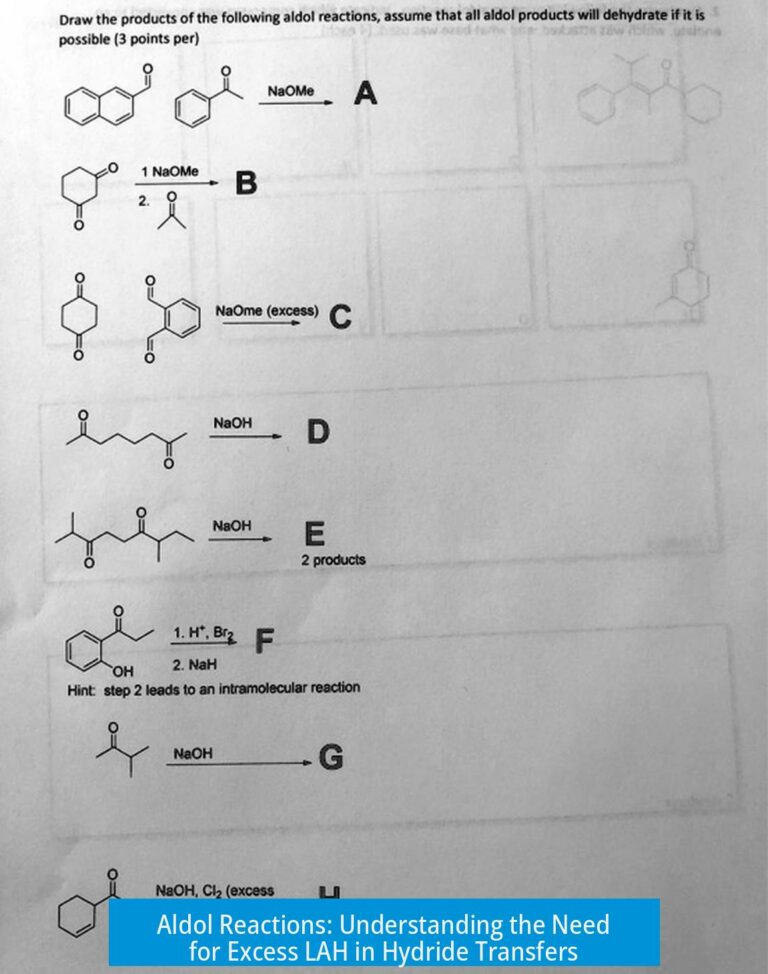Is It Okay to Eat Agarose Gel?

Eating agarose gel prepared in laboratories is unsafe and strongly discouraged due to potential chemical contaminants and non-food-grade materials present in its composition. While agarose itself is a substance derived from seaweed and is non-toxic in pure form, the gels prepared for scientific use often contain harmful buffers and dyes. These additives, combined with contamination risks in the laboratory environment, make agarose gel consumption inadvisable.
Understanding Agarose Gel and Its Use
Agarose gel is a polysaccharide matrix widely used in molecular biology labs for gel electrophoresis. It serves as a medium for separating DNA or RNA fragments based on size. Scientists prepare these gels by dissolving agarose powder in a buffer solution (commonly a mix of Tris, borate, and EDTA) and allowing the mixture to solidify.
The agarose used in research laboratories differs significantly from edible agar products used in cooking. Although both originate from similar seaweed extracts, their preparation, purity, and additives diverge based on intended application.
Laboratory Agarose Gel Versus Edible Agar
Agar, as a food product, is a mixture of agarose and agaropectin extracted from red algae. It is safe for human consumption and is used in desserts and vegetarian gelatin substitutes. Food-grade agar undergoes rigorous purification and processing to ensure safety.
| Feature | Lab Agarose Gel | Edible Agar |
|---|---|---|
| Source | Seaweed extract (purity varies) | Seaweed extract (highly purified) |
| Purpose | Scientific experiments (DNA/RNA separation) | Food products and desserts |
| Purity | Not food-grade; contains contaminants/impurities | Food-grade, safe for consumption |
| Additives | Buffers (Tris, EDTA), staining dyes (ethidium bromide) | None or approved food additives only |
| Consumption Safety | Unsafe due to chemicals and contamination | Safe when prepared and consumed properly |
This differentiation is crucial when considering whether consuming agarose gel is acceptable.
Chemical Components and Health Risks in Laboratory Agarose Gels
One of the main safety concerns with laboratory agarose gels is the presence of buffer chemicals used during gel preparation. Common buffers contain compounds like Tris (tris(hydroxymethyl)aminomethane), boric acid, and EDTA. These are not meant for ingestion and can be harmful or irritating if consumed.
- Tris: A buffering agent that can be toxic in large amounts. It may cause irritation to the digestive system.
- Boric Acid: Used in some gel buffers; has potential toxicity when ingested.
- EDTA: A chelating agent that binds metal ions; may interfere with nutrient absorption if ingested in significant amounts.
In addition to these buffers, many scientists use stains to visualize DNA within agarose gels. Ethidium bromide (EtBr) is a common DNA stain known for its fluorescent properties under UV light but also recognized as a mutagen and probable carcinogen. Ingesting agarose gel stained with EtBr poses serious health risks.
Although many labs have moved to safer stains, the risk persists when handling gels stained with hazardous dyes. Accidental ingestion could result in exposure to carcinogens or other toxic contaminants.
Contamination Risks and Laboratory Safety Protocols
Laboratories strictly prohibit eating and drinking near experimental work areas to safeguard researchers’ health and maintain sample integrity. Introducing laboratory substances into the mouth can lead to exposure to harmful chemicals or biological agents.
Furthermore, eating or even tasting agarose gel risks contaminating experimental samples. Cross-contamination may compromise the accuracy and validity of ongoing research and result in wasted time and resources.
Lab protocols emphasize that no material in the lab setting is safe to consume unless explicitly designated as such, such as food samples used within controlled studies.
Views from the Scientific Community
The general consensus among scientists and lab professionals is that consuming agarose gel is a mistake and exhibits disregard for safety guidelines. Warnings often range from serious advice to humorous but cautionary remarks.
“No. Stop fooling around and take your job seriously.” “I hope it wasn’t stained with ethidium bromide.”
Such reactions demonstrate the potential risks and underline why members of the scientific community strongly dissuade anyone from eating agarose or similar lab materials.
Scenarios When Agarose Gel Might Be Accidentally Ingested
Though rare, some experiments or accidents could lead to ingestion attempts of agarose gel. For example, curious students or untrained personnel may mistakenly believe that agarose gels are safe to taste because they resemble jelly or gelatin desserts.
Even if the gel is unstained and prepared without harmful additives, laboratory agarose is not manufactured to food-grade standards. Packaging, handling, and storage conditions are optimized for research purposes, not for consumption.
If ingestion occurs accidentally, it is essential to seek medical advice, particularly if the gel has been stained or exposed to suspected carcinogens.
Is Pure Agarose Toxic?
Pure agarose polymer is non-toxic and has been used in various biomedical applications, including some food products. However, the main issue rests with the preparation chemicals and contaminants in lab-made gels.
Therefore, while pure agarose itself is not inherently harmful if consumed in minuscule amounts, consuming laboratory agarose gel is unsafe due to:
- Presence of chemical buffers and reagents
- Contamination risk from the laboratory environment
- Potential exposure to carcinogenic stains like ethidium bromide
Summary of Key Points
- Laboratory agarose gels are not safe to eat.
- Buffers such as Tris and boric acid in gels are hazardous if ingested.
- Staining chemicals like ethidium bromide present significant carcinogenic risks.
- Lab safety rules explicitly forbid eating or tasting materials in experimental spaces.
- Edible agar is a distinct, food-grade product safe for consumption; lab agarose is not.
- Accidental ingestion may contaminate samples and affect experiments.
- The scientific community unanimously views eating agarose gels as irresponsible and dangerous.
Conclusion
Ingesting agarose gel from laboratory settings is unsafe and should be avoided. The risks originate from the chemicals used in gel preparation, potential contaminants, and possibly hazardous dyes. Although agarose itself is a non-toxic substance, the lab environment and reagents make the gels unfit for consumption.
One should respect laboratory protocols and view all experimental materials as non-edible. If interested in agar as a food ingredient, choose commercially prepared, food-grade agar products designed specifically for consumption.





Leave a Comment